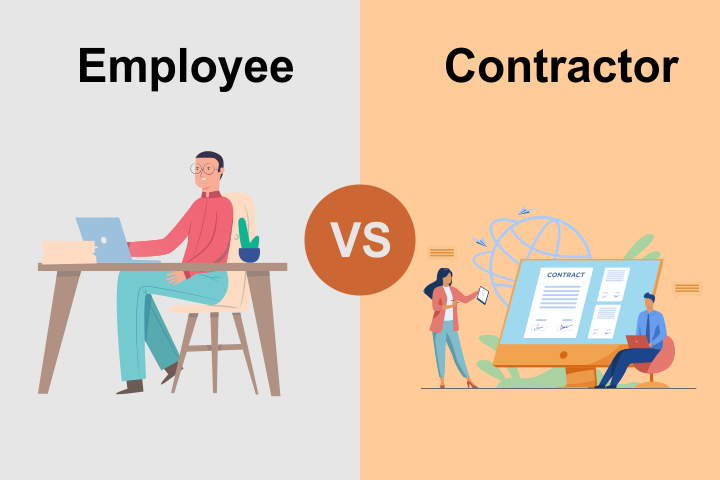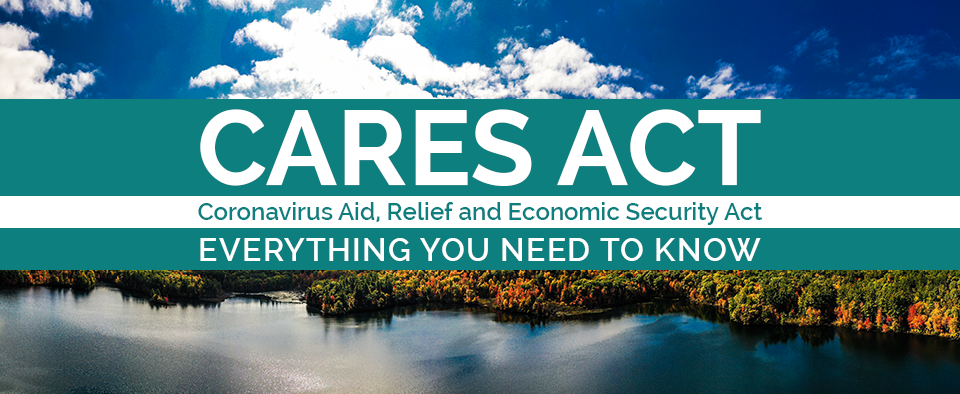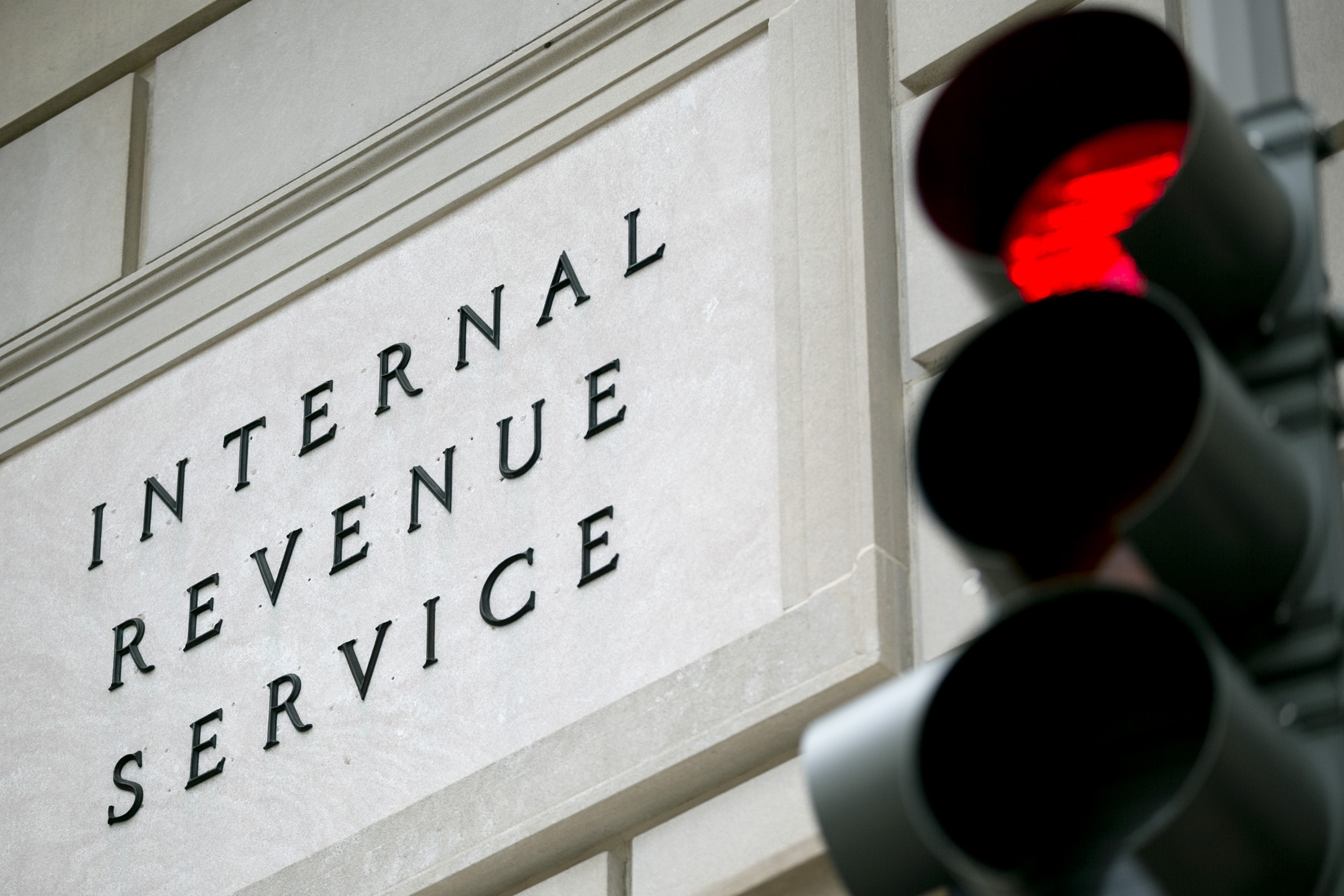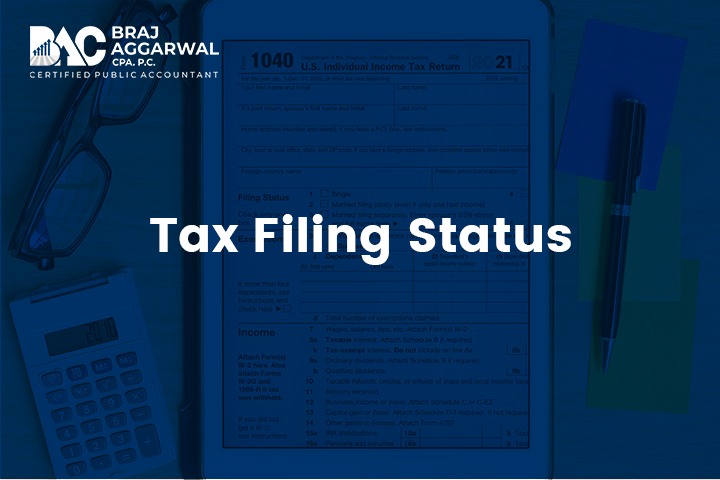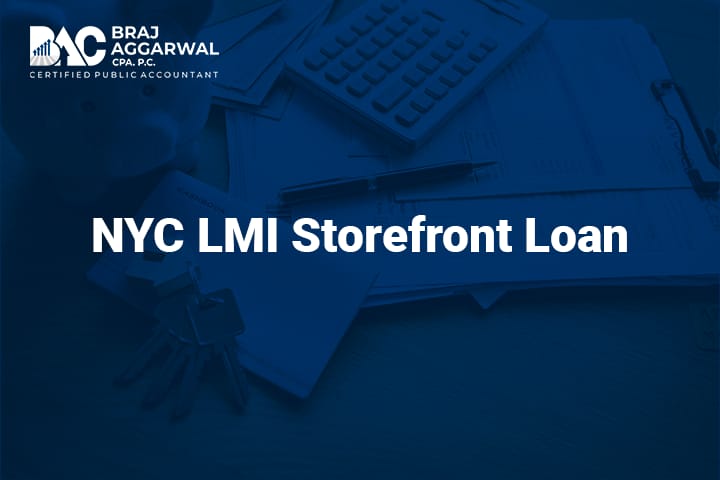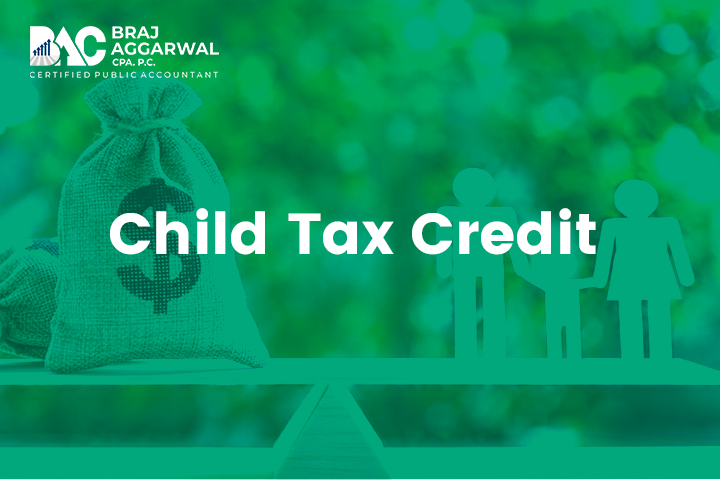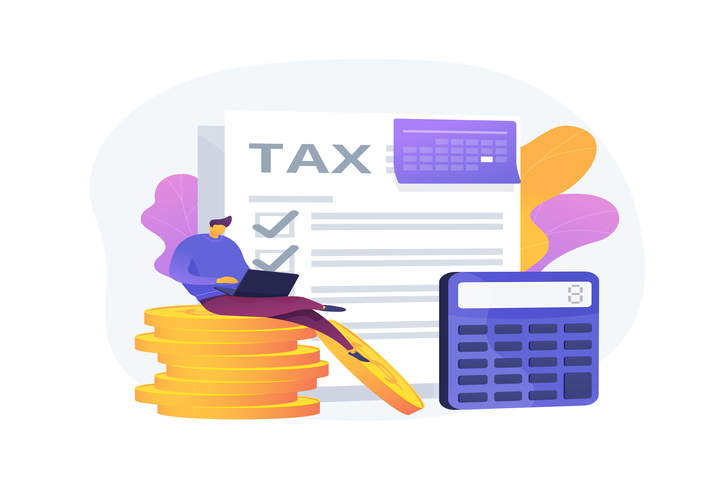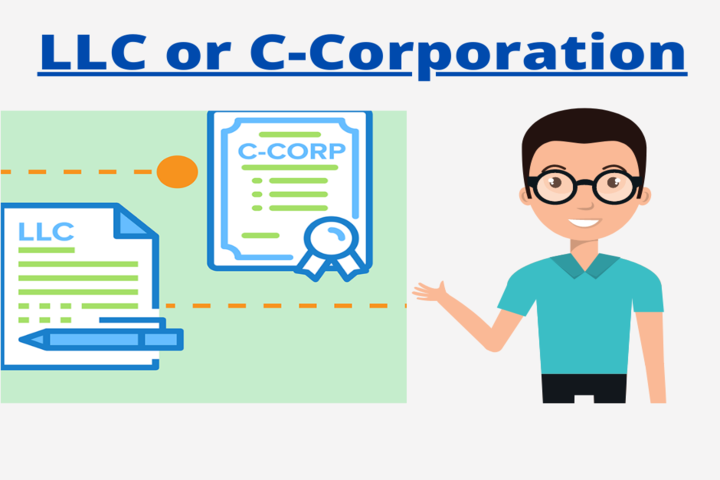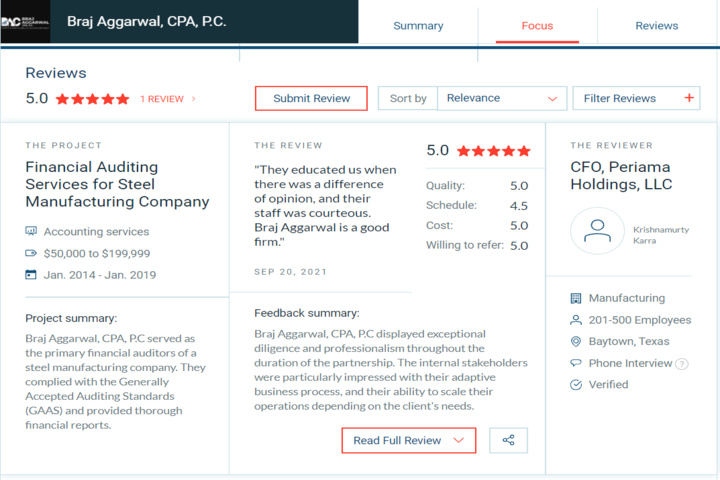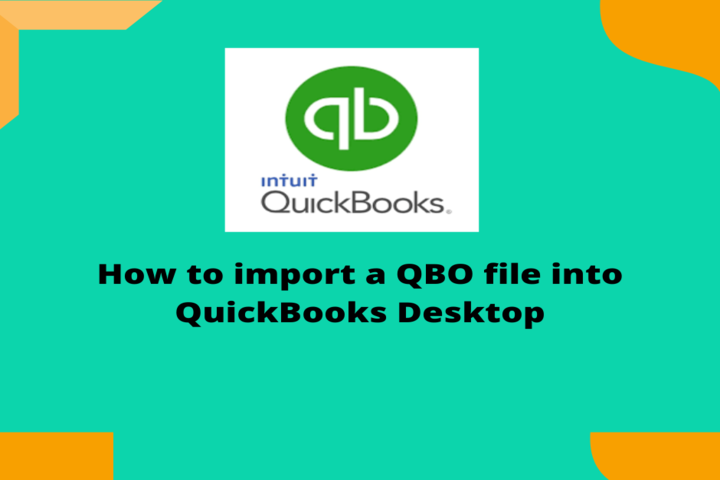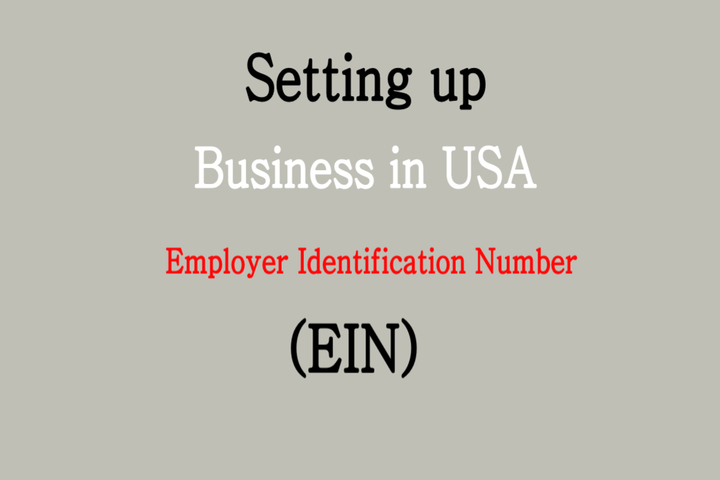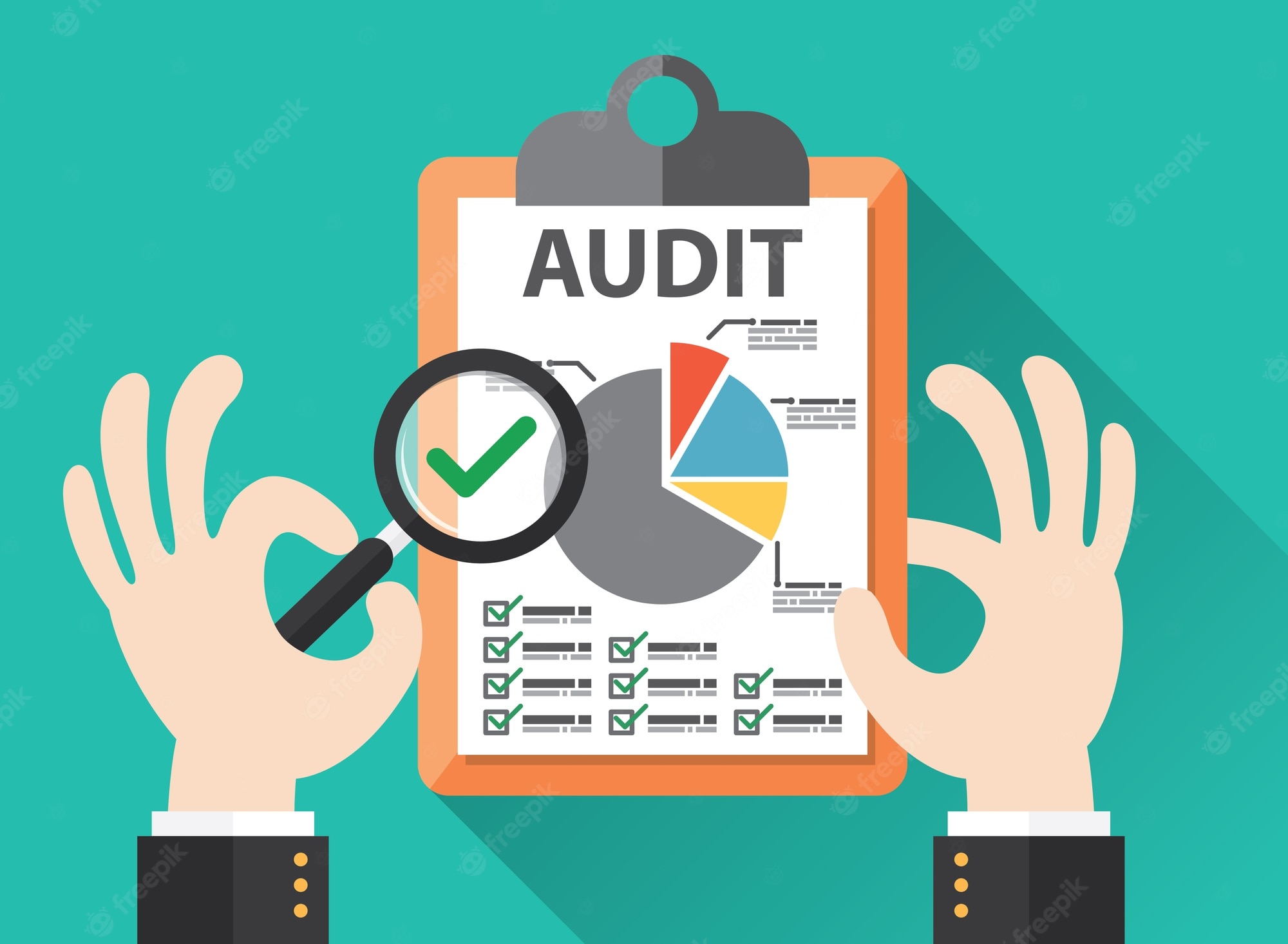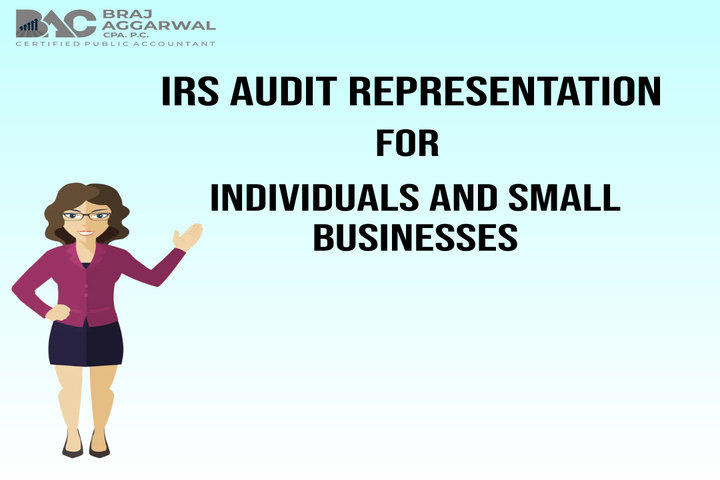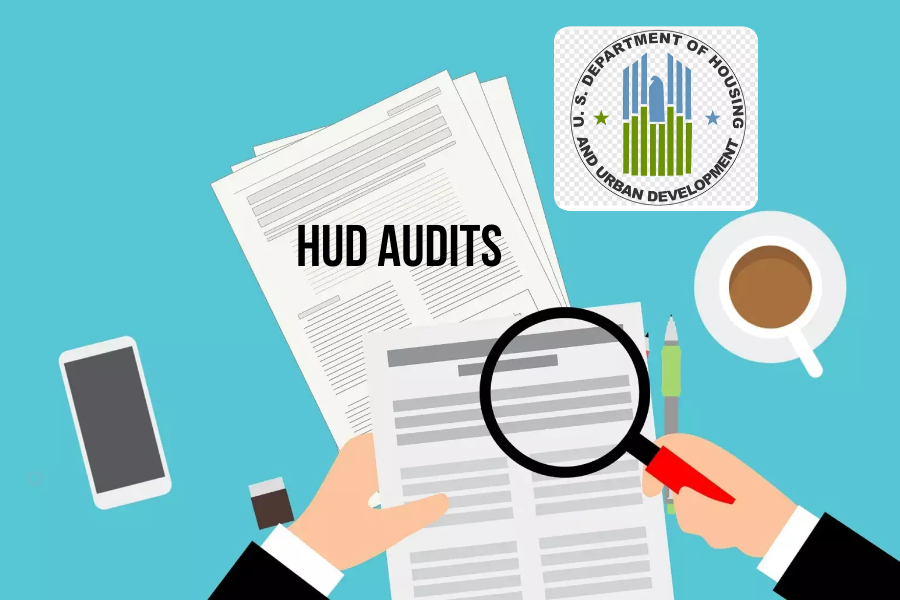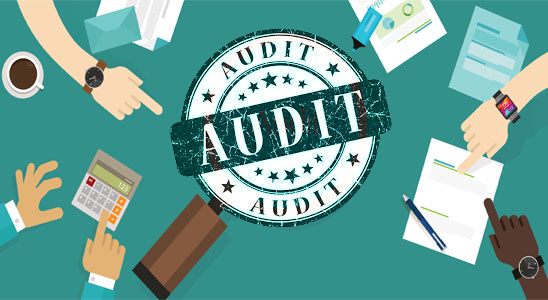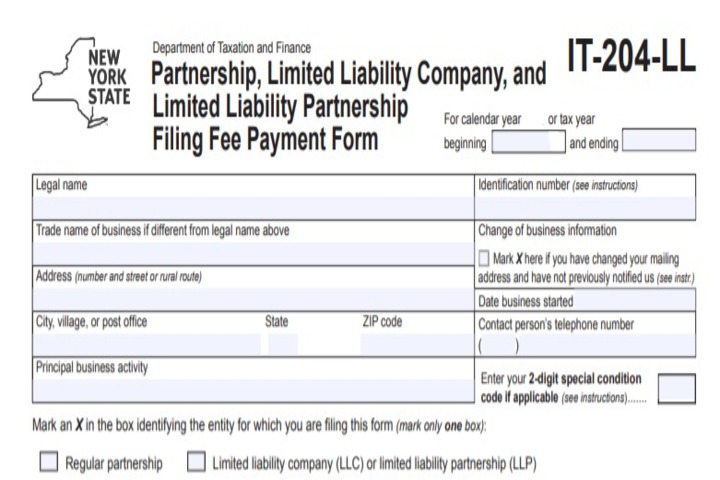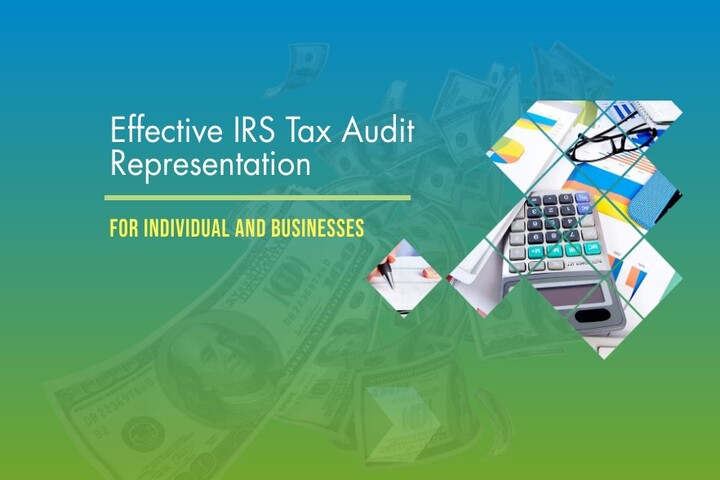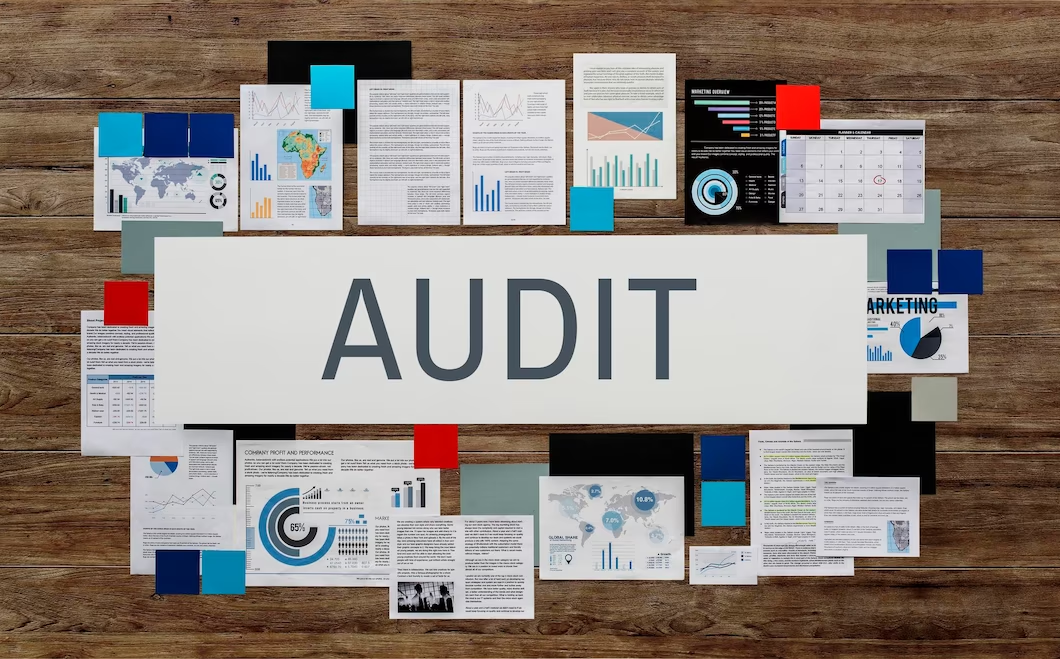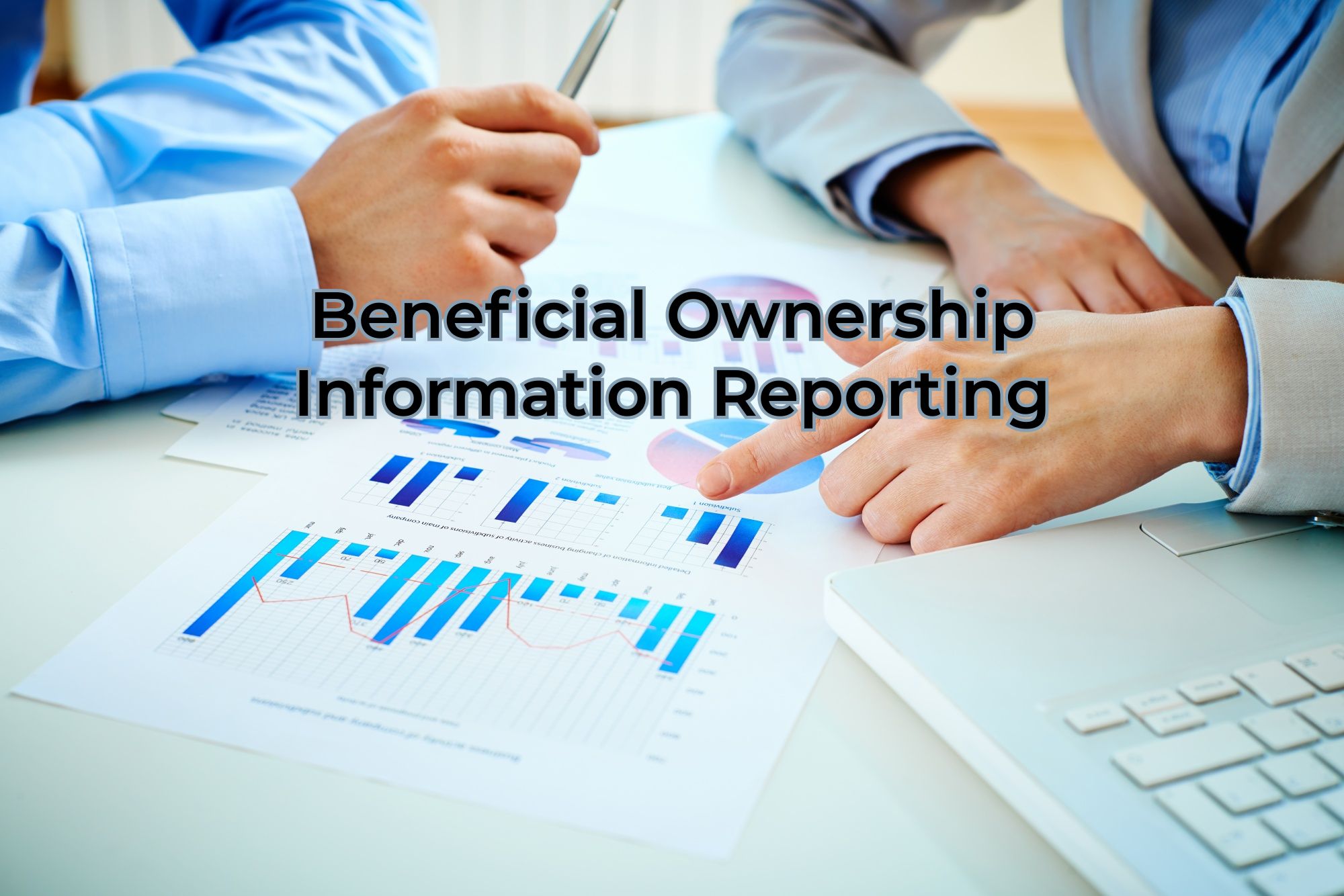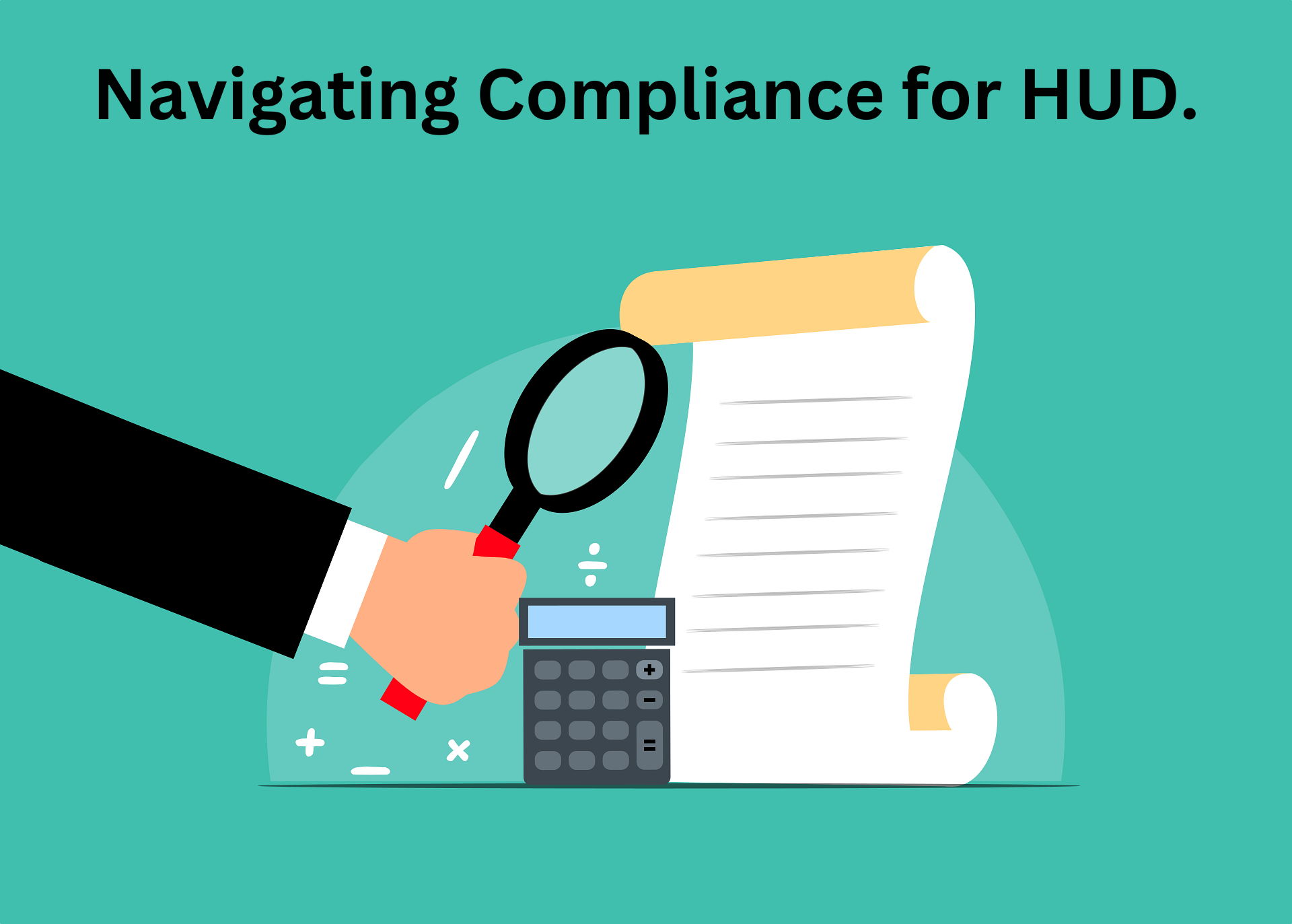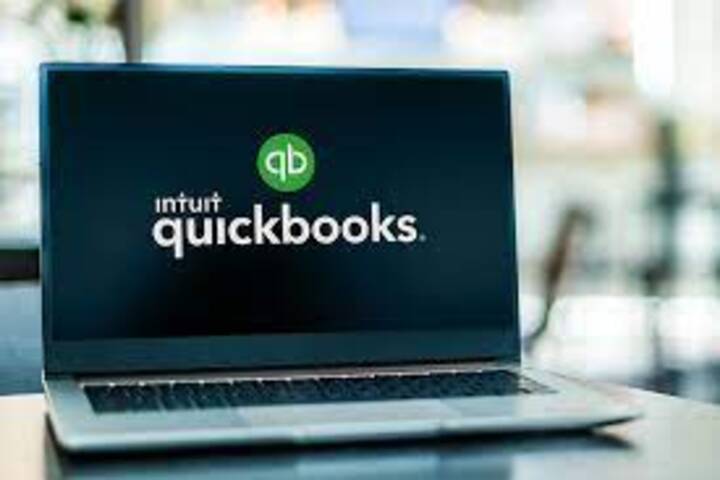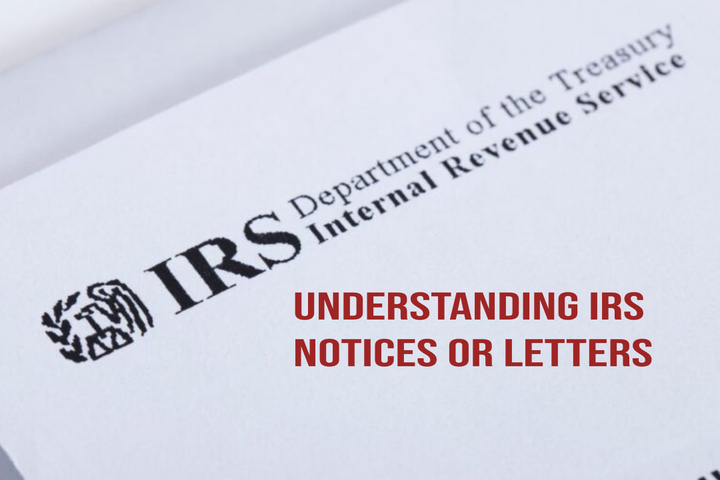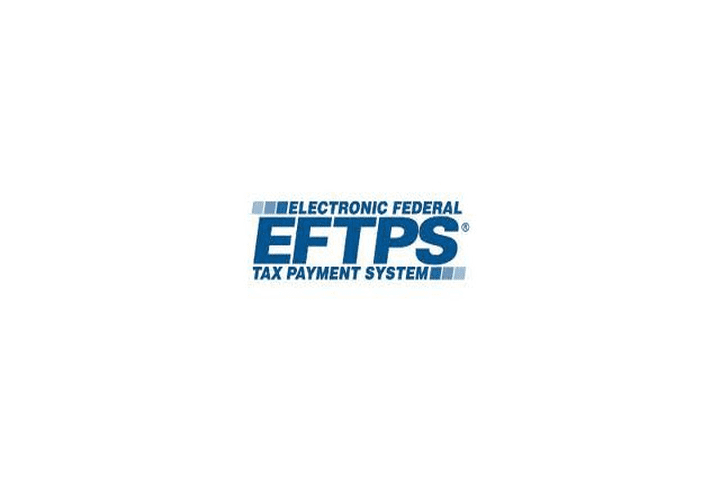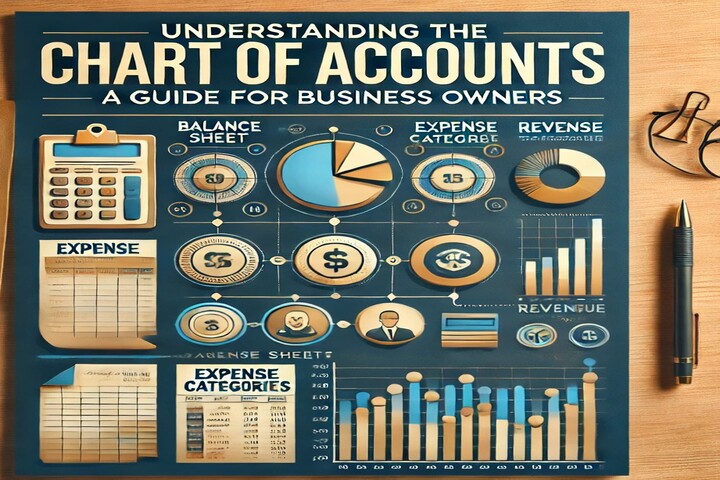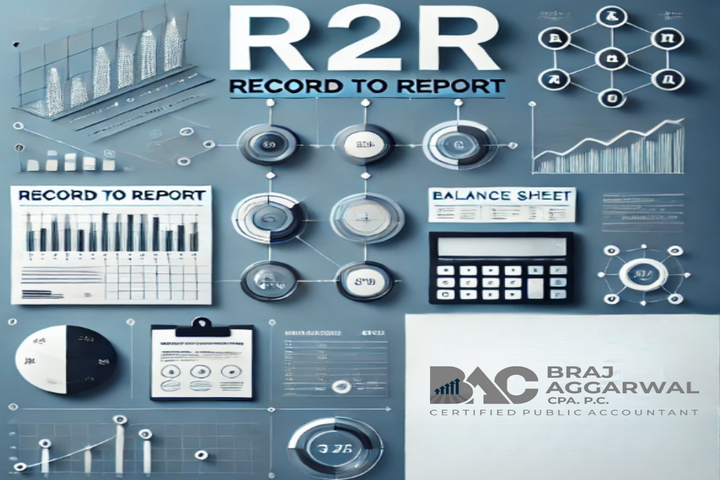Demystifying Form W9: Your Essential Guide to IRS Compliance
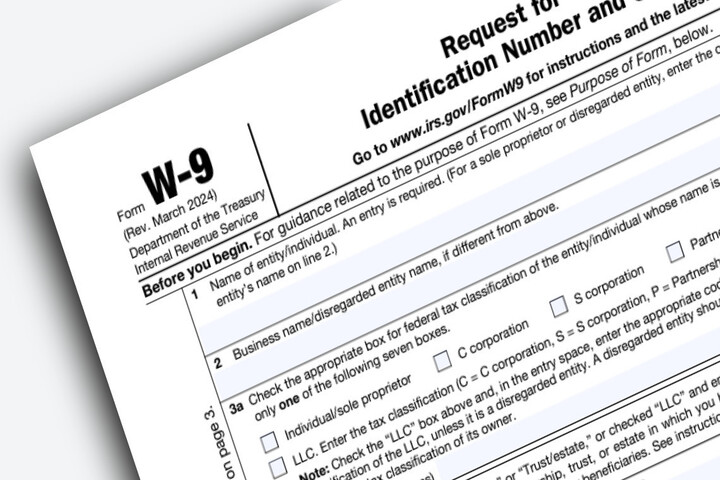
IRS Form W-9 is a critical document utilized by businesses to collect tax identification information from independent contractors and other entities to ensure accurate reporting to the IRS, particularly on forms like 1099. The completion of Form W-9 is important as it requires the taxpayer to certify their tax identification details, and failing to comply can lead to significant penalties. Since sensitive information is exchanged, both parties must handle this document with care to mitigate risks of identity theft.
A W-9 form is also known as a Request for Taxpayer Identification Number and Certification form.
Key Points
- The W-9 is an official form furnished by the IRS for employers or other entities to verify the name, address, and tax identification number of an individual receiving income.
- The information taken from a W-9 form is often used to generate a 1099 tax form, which is required for income tax filing purposes.
- The information collected by an entity on a W-9 form cannot be disclosed for any other purpose, under strict privacy regulations.
- Independent contractors who work with companies they are not employed with must often provide that company a W-9.
- If you do not furnish a W-9 as requested, your client must withhold taxes from your earnings at a tax rate of 24%.
Author’ Note: -
Form 1099 is only required to be issued once the minimum income threshold is reached, which for most miscellaneous income is set at $600. Amounts under this threshold must be reported as income by the TIN holder but do not require a 1099 form.
The IRS requires those who are not defined as U.S. citizens or resident aliens to use the appropriate W-8 Form in place of a W-9 form.
FAQs
Q.1 How to Fill Out Form W-9?
Step-by-Step Guide to Completing Form W-9
1.Line 1 - Name: Enter your name exactly as it appears on your tax return.
2.Line 2 - Business Name: If your business operates under a different name than your personal name (like a sole proprietorship using a DBA name), enter that here.
3. Line 3 - Federal Tax Classification: Choose the appropriate business entity type from the options provided (e.g., sole proprietorship, partnership, corporation). Use the IRS instructions if you're unsure.
4. Line 4 - Exemption Codes: Most individuals will leave this section blank. Only enter an exemption code if you're exempt from backup withholding or reporting under FATCA.
5. Lines 5-6 - Address: Provide your mailing address, including street address, city, state, and ZIP code. Use the address that matches your tax return to avoid discrepancies.
6. Line 7 - Requester's Name and Address: Optionally, you can provide the requester’s details here. It helps to keep track of who has your tax information.
7. Part I - Taxpayer Identification Number (TIN): Enter your TIN, which could be your Social Security Number (SSN) or Employer Identification Number (EIN) for businesses. If your business is new and hasn’t received its EIN yet, write "applied for."
8. Part II - Certification: Read the certification statements carefully. By signing, you're affirming that the information provided is accurate under penalty of perjury.
Author’s Note:
- Accuracy: Double-check all information to ensure it matches your tax records.
- Submission: Submit the completed form to the requester promptly to avoid backup withholding.
- Updates: Update your information if there are any changes (e.g., name change, new address).
Q.2 Who Must Complete a W-9 Form?
Essentially, if you're getting paid for work but you're not considered an employee (like freelancers or independent contractors), you'll likely need to fill out a W-9. This form helps the payer report the payments they make to you to the IRS.
There are other situations where you might need to fill out a W-9 too. For instance, when you open a new bank account and expect to earn interest, or if you win a prize in a contest that's taxable, you might be asked to provide a W-9. Even if you're involved in transactions like mortgage interest payments, student loan payments, or certain types of debt discharge, the party making the payment might need your W-9 to report these to the IRS accurately. Essentially, it ensures the right tax information is on file for these transactions.
Q.3 Is a W-9 Used for Self-Employed Individuals?
Yes, a W-9 is most often used for individuals who are self-employed. If a worker is an independent contractor, freelancer, or self-employed, Form W-9 must be provided to those whom you have earned over $600 from without having been hired as an official employee.
Q.4 What Happens If I Do Not Provide a Form W-9?
- Fines: If a taxpayer fails to furnish a correct tax identification number (TIN), they may be subject to a $50 fine for each instance of non-compliance.
- Civil Penalties: Providing incorrect information that leads to incorrect withholding can result in civil penalties. If a false statement is made that results in no backup withholding, the taxpayer may face a penalty of up to $500.
- Criminal Penalties: In cases of willful falsification of information or affirmations, the taxpayer may be subject to criminal penalties, which can include fines or imprisonment.
- Backup Withholding: If a taxpayer refuses to provide a W-9 in response to a legitimate request, the client may withhold taxes from their pay at a rate of 24%.
- Requester Penalties: The requester of the taxpayer information is also not exempt from penalties. If they disclose or use the taxpayer's TIN in violation of federal law, they may face civil or criminal penalties.
Q.5 What are the different types of Forms that have discussed in this article?
- Form W-9: This form is used to request taxpayer identification information (TIN) from individuals, particularly for independent contractors or freelancers. It helps businesses accurately report payments made to non-employees to the IRS using forms like 1099.
- Form W-4: Unlike W-9, this form is completed by employees and used by employers to determine how much federal income tax to withhold from an employee's paycheck based on their filing status and allowances.
- Form 1099: This form is used to report various types of income other than wages, salaries, and tips. It is issued by payers (like businesses or financial institutions) to individuals who received income during the year. There are different variants of Form 1099 depending on the type of income, such as:
- 1099-INT: For interest income.
- 1099-DIV: For dividends.
- 1099-MISC: For miscellaneous income (including payments to independent contractors).
- 1099-G: For certain government payments like unemployment compensation and tax refunds.
- Form W-8: This form is for foreign individuals or entities to certify their foreign status and claim any applicable tax treaty benefits when receiving income from U.S. sources. There are different variants of Form W-8 depending on the circumstances
How Braj Aggarwal, CPA, P.C helps?
Understanding the intricacies of IRS Form W-9 is crucial for both independent contractors and businesses alike to ensure compliance with tax regulations and avoid penalties. Properly completing and submitting Form W-9 is essential as it facilitates accurate reporting of income to the IRS, which is critical for tax filing purposes, especially when generating 1099 forms.
For assistance in navigating Form W-9 and ensuring compliance, consulting with a licensed CPA firm can provide invaluable support. Braj Aggarwal, CPA, P.C have the expertise to guide individuals and businesses through the complexities of tax forms, ensuring accurate completion and adherence to IRS requirements. By partnering with us, individuals and businesses can confidently manage their tax responsibilities while safeguarding sensitive information, thereby ensuring smooth operations and compliance with IRS regulations.



